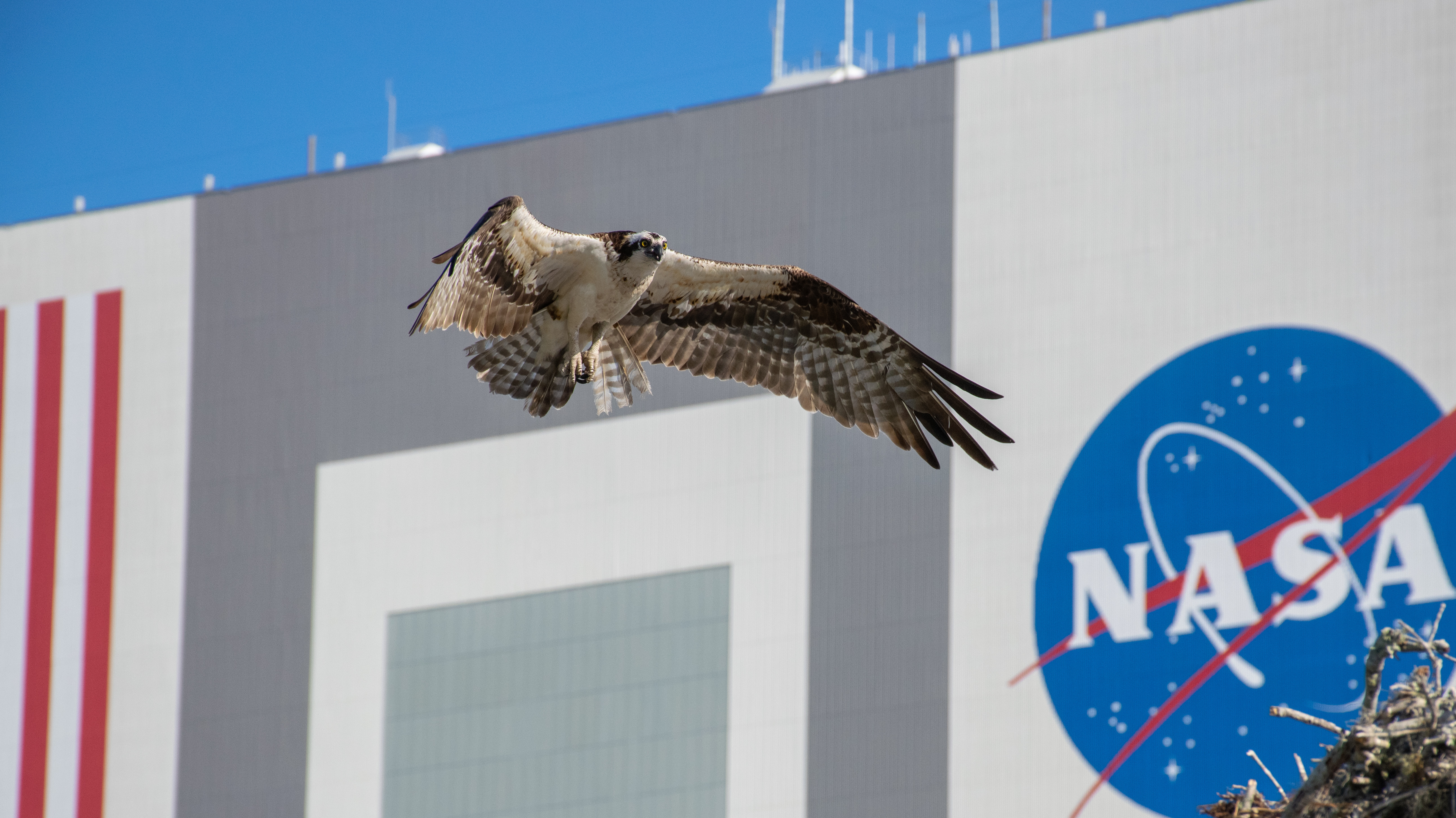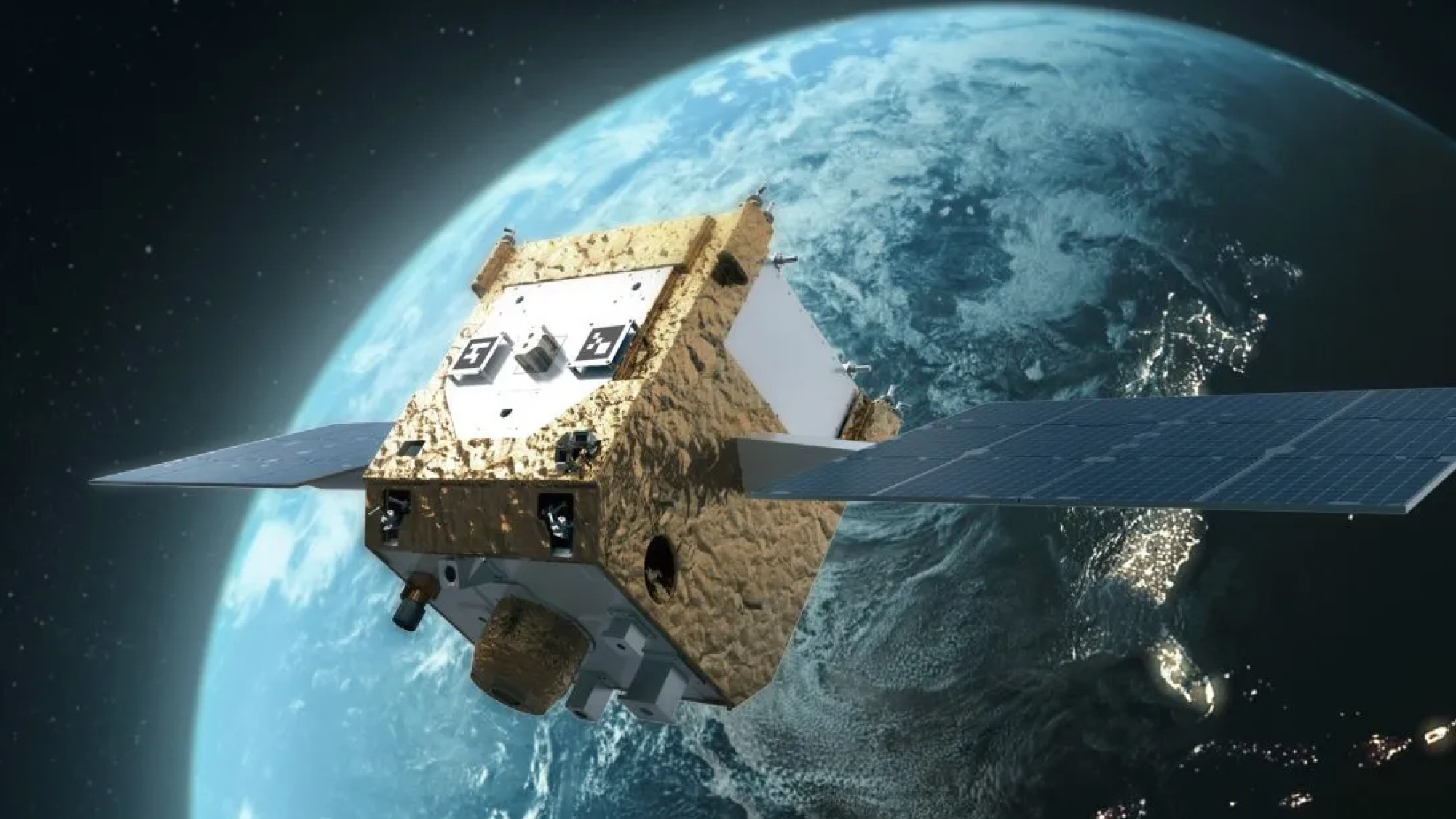Discovery of Potential Exomoon Raises Hopes of Real-Life Pandora or Endor
The potential discovery of a huge exomoon around a gas-giant planet is stirring up some sci-fi fantasies.
Yesterday (Oct. 3), researchers announced they had spotted evidence of a Neptune-size moon circling the planet Kepler-1625b, which is about three times more massive than Jupiter.
The candidate moon, which still needs to be confirmed by follow-up observations, is likely gaseous and therefore not a great bet to host life as we know it, the scientists said. But there could be habitable exomoons out there, just waiting to be found.
"We're hoping that one day we might really find something like a true Earth analogue in a moon," Alex Teachey told reporters on a conference call on Monday (Oct. 1). Teachey, a third-year graduate student at Columbia University in New York, was first author of the research announcing the potential moon.
"That's something more akin to what people are thinking of when they think of an 'Avatar' Pandora," he added.

In James Cameron's 2009 film "Avatar," humans visit Pandora, the fifth moon of the (fictional) gas giant Polyphemus, which is portrayed as orbiting the real-life star Alpha Centauri A. (Don't confuse the "Avatar" world with the real-life Pandora, which is a small, heavily cratered moon of Saturn.) The film portrays Pandora as a rocky world, just smaller than Earth in terms of mass and radius and lush with unusual life.
But Teachey said Pandora isn't his go-to world when thinking about exomoons. "I'm partial to Endor myself," he said. "I'm more of a 'Star Wars' fan."
Get the Space.com Newsletter
Breaking space news, the latest updates on rocket launches, skywatching events and more!
Endor is portrayed as roughly one-third the diameter of Earth and scovered in dense woodlands. Its most famous inhabitants are the fierce but adorable Ewoks, though it is home to several other species in the "Star Wars" universe. Unlike Pandora, Endor orbits not one but two suns.

Teachey and study co-author David Kipping, also of Columbia, were very cautious about their prospective find, emphasizing that their focus remains on confirming the existence of the exomoon around Kepler-1625b rather than musing about its potential to support life. (Though the planet and moon do appear to orbit in their star's "habitable zone.")
"To be honest, we never really worried much about habitability, just because they're both gas giants, so it really wasn't something we spent any effort or time worrying about," Kipping said during Monday's teleconference.
However, the researchers did make a few interesting observations, which they stressed were quite speculative.
For instance, the star at the center of the system is about 10 billion years old — roughly twice the age of Earth's sun — and is therefore nearing the end of its life. That means this star, and the planet and moon it shines upon, were probably much cooler in the past, Kipping said. As the star has warmed in recent millennia, the newfound moon may have also grown hotter, causing its atmosphere to expand. That could have produced a rocky moon with a bloated atmosphere that looks like a Neptune-size object.
"It's certainly possible that the moon is actually quite low-mass," Kipping said. "Some of our models allow even Earth-mass for the moon."
Such a natural satellite would be more in line with the fictional worlds of "Avatar" and "Star Wars."
Another possibility is that the moon, whatever its size, has moved away from its planet over the eons. Today, the exomoon is roughly 1.9 million miles (3 million kilometers) from Kepler-1625b. However, scientists know that Earth's moon is gradually moving away from our planet at a rate of about 1.5 inches (4 centimeters) per year.
The candidate exomoon — signs of which were spotted by NASA's Kepler and Hubble space telescopes — may have similarly edged away from its planet over time, so it could have been much closer billions of years in the past, Kipping said.
Follow Nola Taylor Redd on Twitter @NolaTRedd. Follow us @Spacedotcom, Facebook or Google+. Originally published on Space.com.
Join our Space Forums to keep talking space on the latest missions, night sky and more! And if you have a news tip, correction or comment, let us know at: community@space.com.

Nola Taylor Tillman is a contributing writer for Space.com. She loves all things space and astronomy-related, and enjoys the opportunity to learn more. She has a Bachelor’s degree in English and Astrophysics from Agnes Scott college and served as an intern at Sky & Telescope magazine. In her free time, she homeschools her four children. Follow her on Twitter at @NolaTRedd









